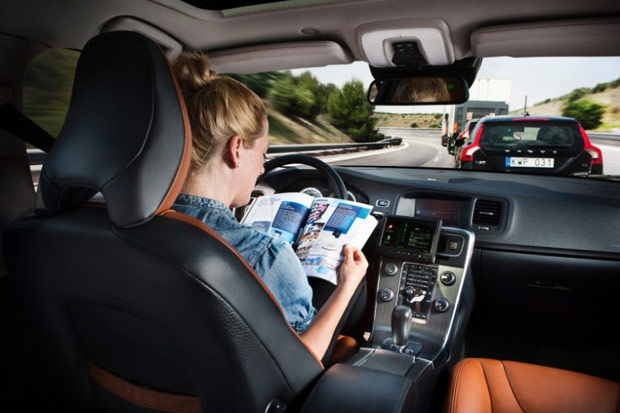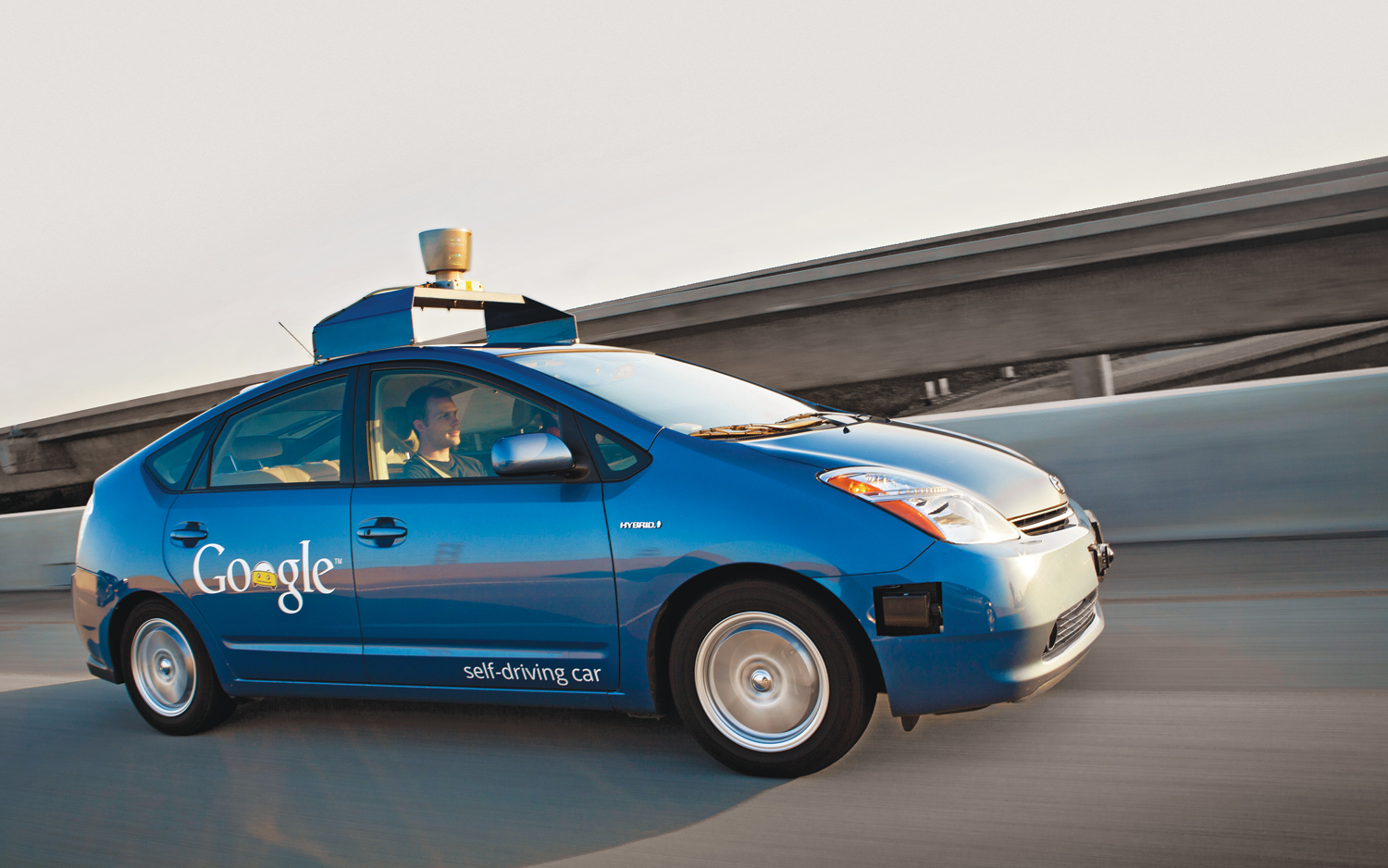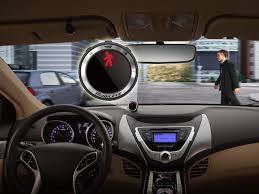Self Driving Cars

There are two main approaches in building self-driving vehicles. Companies like Google focus on the “Holy Grail” approach. They continually test prototypes for fully autonomous vehicles. There is another approach which is called the “incremental automation.” This is actually a lot more promising, because in this vision people will still be in the driver’s seat for the foreseeable future, but the cars, gradually, will be able to do more tasks themselves.
Vehicles will go through the following stages in the next three to five years:
Autopilot capability
- The vehicle will be able to steer, brake and accelerate in the current lane.
Highway pilot capability with lane changes
- The vehicle will be able to pass a slow moving vehicle in its lane.
Self-parking
- The car will be able to park on its own
Traffic Jam Assist (TJA)
- The vehicle will be able to drive itself in a traffic jam, but will require users to take over after that.
[one_fourth]
[/one_fourth][three_fourth_last]
Human error accounts for around 90% of all car accidents. Around 1.3 million people die each year in car accidents with an additional 20 to 50 million injured every year. Eventually cars will become completely autonomous but it will take time to test them against the millions of scenarios that drivers know how to deal with today. Also roads and traffic lights are expected to add necessary technology to support self-driving cars.
For Instance:
 A wireless system that allows cars to communicate to traffic lights so that the light can adjust its timing.
A wireless system that allows cars to communicate to traffic lights so that the light can adjust its timing.- A smartphone technology that alerts vehicles when pedestrians are crossing.
- Wireless communication devices planted in traffic lights transmit signal to nearby vehicles, alerting them to stop or go accordingly.
The average commute time to and from work for the American worker is about 50 minutes a day. Self-driving cars would allow people to check their emails, put on makeup, and even catch up on sleep if needed.






